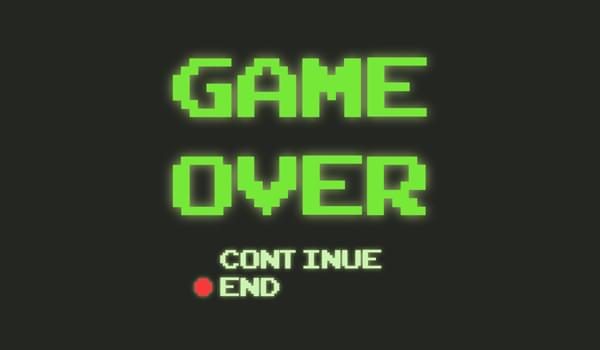Gamification is a proven method for motivating customers and employees. However, it doesn’t always work. In fact, a study from Gartner proposed that 80% of all gamified platforms will fail to meet business goals by 2014. How can gamification be touted as a powerful business tool if organizations are continually seeing poor results? In many cases, failure is a result of underlying issues in the organization itself and not a problem with the gamification software. Here are some issues to consider prior to implementing a gamification platform.
Gamification Won’t Fix a Broken Sales Process
Gamification will have a minimal effect if there are problems with the actual sales process or the product/service you are selling. For example, if your sales team is working with old/fraudulent leads, a gamified CRM won’t create a quality audience. Similarly, the quality of your products and services speaks for itself. From a long-term perspective, a gamified sales team can’t compensate for poor quality products.
Additionally, if you want to increase online sales, it is essential to evaluate why your current numbers are low. A platform aimed directly at enhancing customer loyalty may prove useless if your web traffic is small. Likewise, gamification won’t foster long-term customer retention if you aren’t reaching a relevant target audience. A great example of successful loyalty gamification is Disney’s Disney Movie Rewards. The page allows users to earn points for every Disney product they purchase. The points can be redeemed for more Disney merchandise as well as other prizes exclusive to rewards participants.
Gamification Won’t Replace Bad Training Materials
Another popular application for gamification is in employee training. Gamification in the training process can create a deep interaction between prospective employees and the material being presented. Furthermore, it can lead to better information retention and a more genuine interest in the company. However, gamified incentives can’t replace outdated or inaccurate training materials. Before adding gamification to a training process, it is important to review the quality of the actual materials. Is the information still relevant to the demands of the job? Does the material reflect new technological developments? And finally, does it accurately portray the company’s values and culture?
In 2012, Delta Airlines added an employee gamification platform titled “Ready, Set, Jet!” Instead of basing their entire training process around gameplay, Delta created the game as an additional component to make existing employees more knowledgeable. The travel-based game uses challenges and rewards to blend Delta situations with the real world. It is aimed at call centers and helps employees gain a deeper understanding of cultural situations and Delta-specific processes. More than 1,400 call center employees voluntarily engaged in the game in the first two weeks after its debut.
Gamification Requires Adoption and Maintenance
Gamification shouldn’t be thought of as “set it and forget it.” Don’t expect to see huge results if you aren’t willing to dedicate time and resources. Many gamification platforms fail to meet their objectives because the organization isn’t’t properly monitoring the results. Thorough analytics will show what aspects of the platform are generating the best outcomes, and which could be expanded upon or rethought.
Additionally, gamification also fails because the organization didn’t implement it using a clear goal. Gamification shouldn’t be thrown as a “Hail Mary Pass.” Instead, it should be based around a clear goal or aim to solve a specific problem. For online-sales, it is helpful to monitor customer behavior prior to adding gamified incentives. For example, if customers are more likely to make a purchase after completing a specific action, then adding game dynamics to that action will yield strong results. Don’t be scared by Gartner’s “80%.” Gamification can be successful if it’s used smartly, as a tool to help make improve your organization.
Have questions or concerns about gamification? Try comparing vendors with our Smart Advisor Tool or contact a TechnologyAdvice representative directly.





